Software generation

Many of our projects are heavy duty, mission critical information systems, on the large side by charity sector standards.
To give you an idea of the size, a browser based application for training course administration and CRM contains:
- 258 SQL Server tables
- 3387 stored procedures
- 1421 code modules
- 438 web pages

If you’ve ever written a web page you’ll have some idea of what it would take to make 438 of them, each one stitched in to calling software.
Similarly, writing 3000 stored procedures would take all your remaining sanity.
Faced with large projects, some companies still code by hand, outsourcing the work to parts of the world with cheaper labour.
Our approach since 2003 has been to generate as much as we can over a common core framework.
We take the output from the PaperBuild requirement definition and feed it into suite of software we’ve created called the PaperBuildDB.
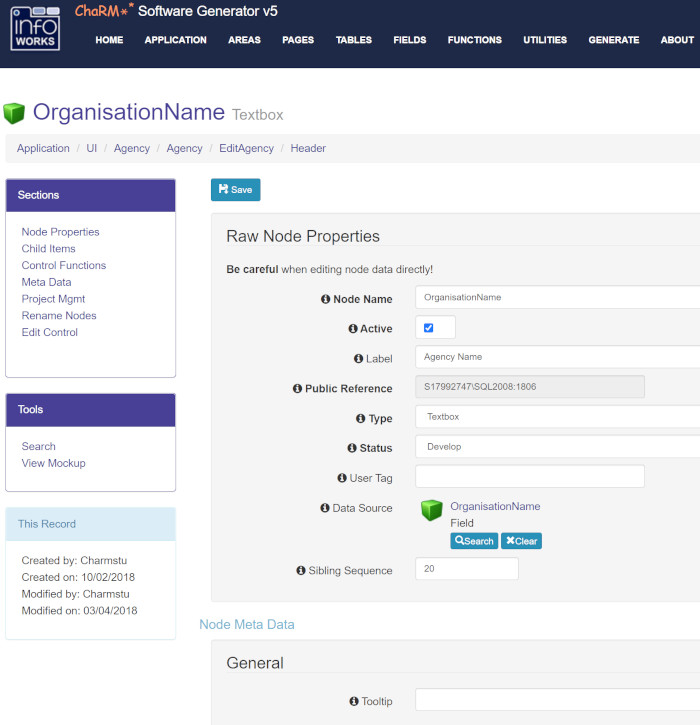
From this we’re able to mock-up very large information systems very quickly – the first output is a navigable HTML mock-up of the system.
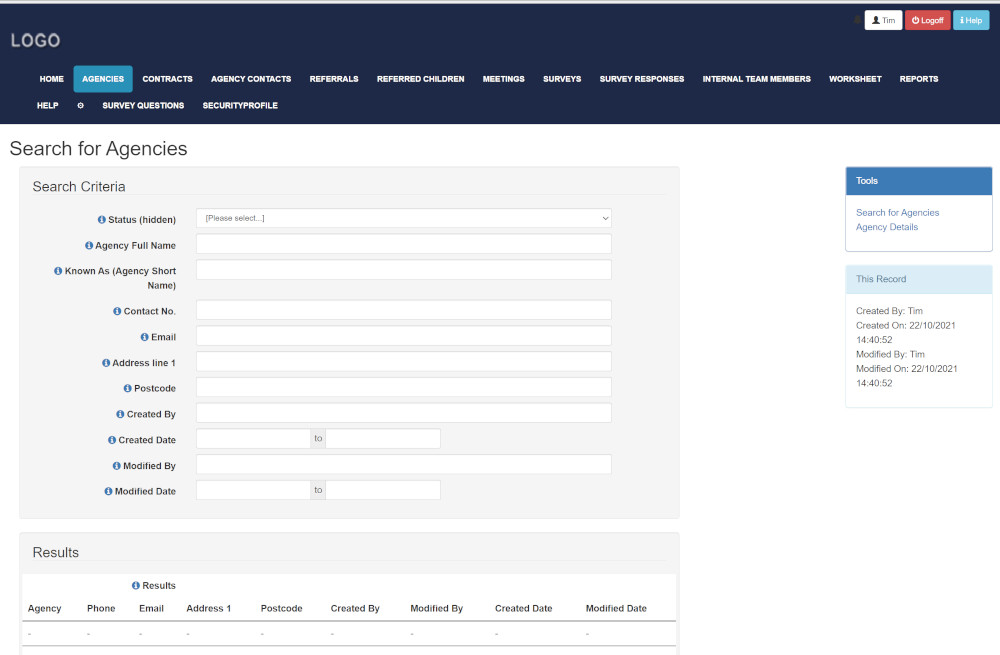
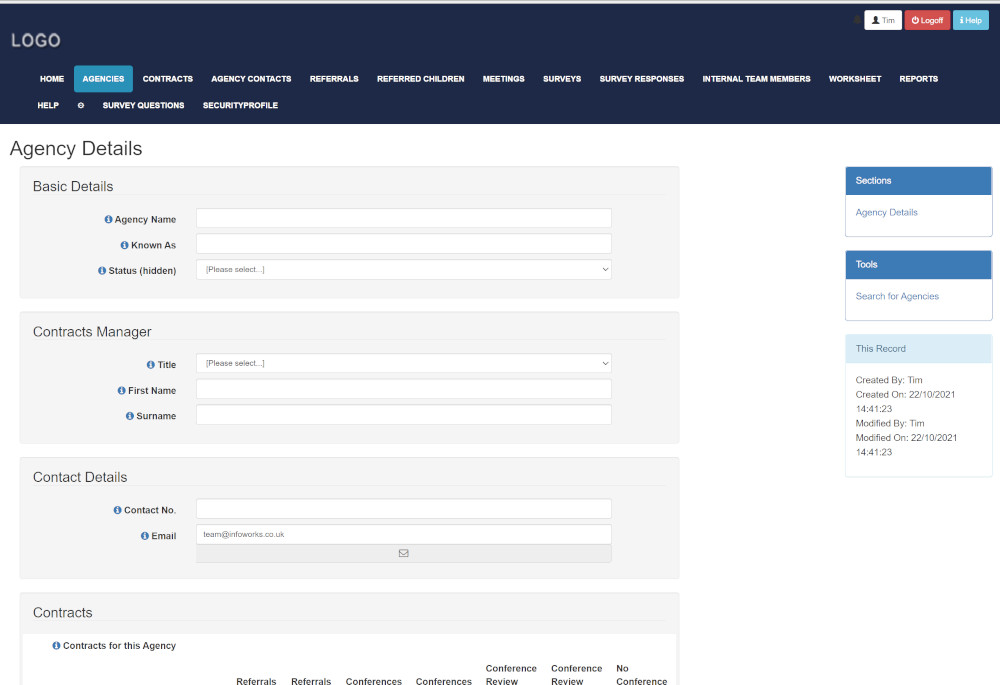
But the real power of the PaperBuildDB suite comes once the mock-up has been approved - we ask the PaperBuildDB to validate the model, then …
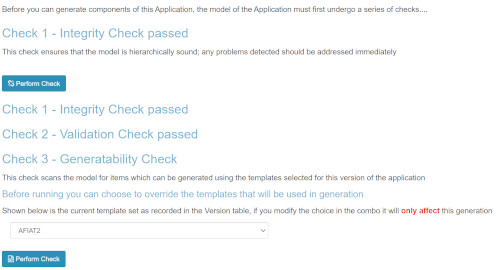
... tell it what we want to generate ...
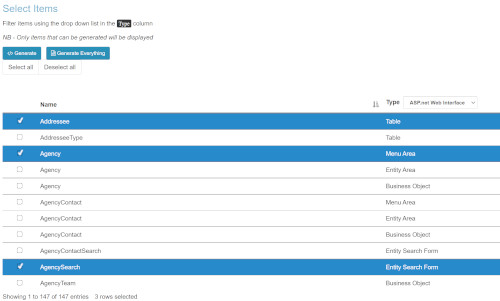
... and then click Generate!
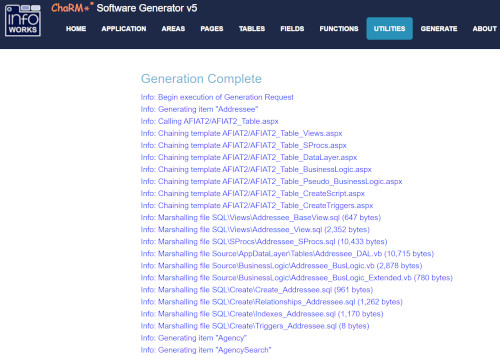
It creates the tables, views and stored procedure scripts for the database, and the code and web page files for a fully working software application.
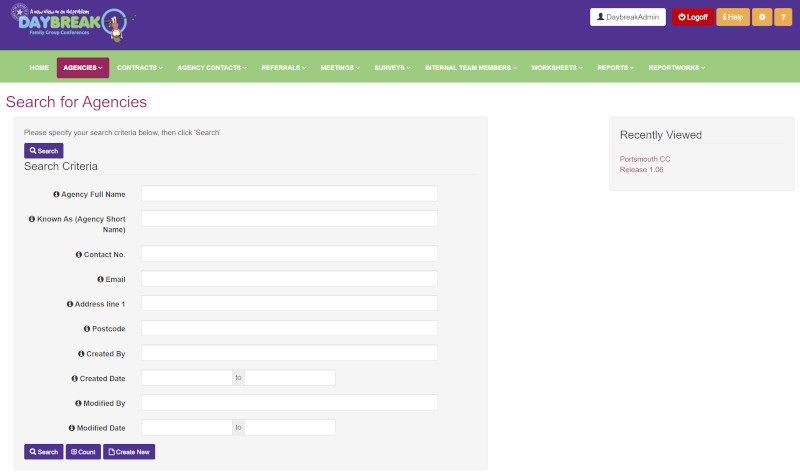
It does all this in about twenty seconds for a small project, around a minute for larger ones.
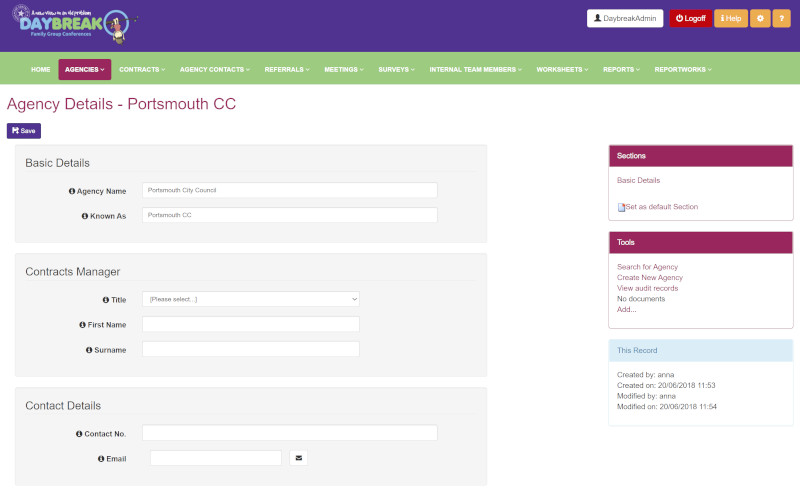
The result does then need to be configured for real use – much like you’d configure a package. But, if we say so ourselves, it is impressive.
If you choose a standard CRM or charity software package of any description, you inevitably have to take the package’s view of your data structure – you have to view the world their way.
The key benefit of our approach is that it gives you the freedom to structure your data the way it really is for your organisation.
It may not sound like such a big thing, but if your information system’s data structure matches the reality of the organisation, then using it and extending it is much simpler and easier than shoe-horning your organisation into someone else’s view of the world
And the bigger the project, the more important that is.